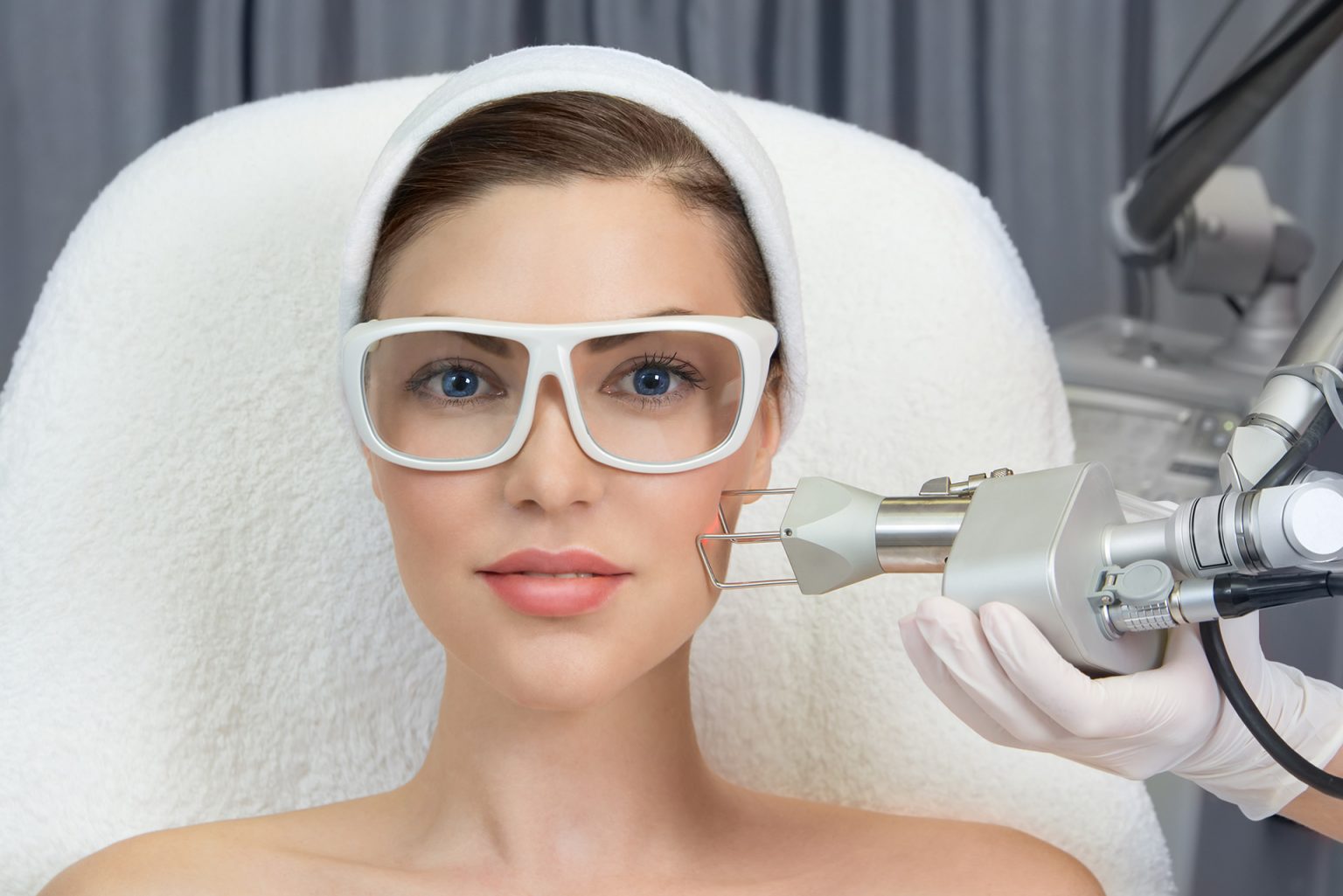What is CO2 Laser Surgery
CO₂ Laser Surgery is an advanced surgical procedure that uses a carbon dioxide laser to precisely remove unwanted or abnormal tissue with minimal bleeding and reduced damage to surrounding areas.
This technique is widely used for excising skin lesions, warts, moles, tumors, and other soft tissue abnormalities.
The laser effectively vaporizes or cuts through tissue while sealing blood vessels, leading to faster healing and minimal scarring compared to traditional surgery.
Things you should know before the treatment
- A medical consultation is required to assess the condition and determine the need for laser surgery.
- Avoid sun exposure and certain medications, such as blood thinners, before the procedure if advised by your doctor.
- Depending on the size and location of the lesion, local or general anesthesia may be used for comfort.
- Mild swelling, redness, or scabbing may occur post-procedure as part of the healing process.
- Patients with active infections or certain medical conditions should consult their doctor before undergoing the procedure.
What happens during the treatment
- The treatment area is cleaned, and anesthesia is applied if needed.
- The CO₂ laser is used to precisely remove the targeted tissue while sealing blood vessels to minimize bleeding.
- The laser may be set to vaporize or cut, depending on the type of lesion being treated.
- The procedure typically lasts 20-60 minutes, depending on the complexity of the case.
- A protective dressing or ointment may be applied to support healing.
Recovery and results: What to expect
- Mild redness, swelling, or scabbing may appear but will gradually subside over a few days.
- Patients should avoid sun exposure, excessive heat, and picking at the treated area to prevent scarring.
- Keeping the area clean and applying prescribed ointments will aid in faster healing.
- The final results, including smooth and clear skin, become more noticeable as the skin regenerates.
- A follow-up visit may be required to monitor healing and discuss any further treatments if necessary.
